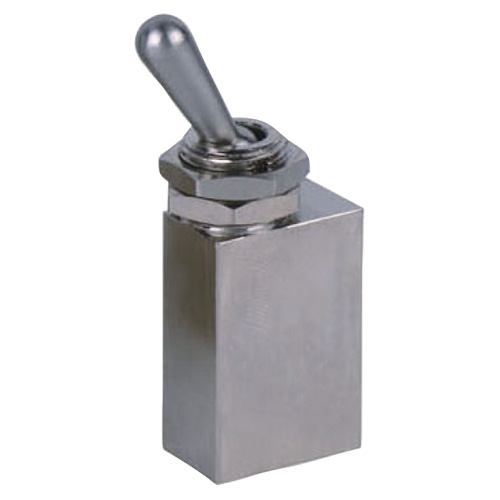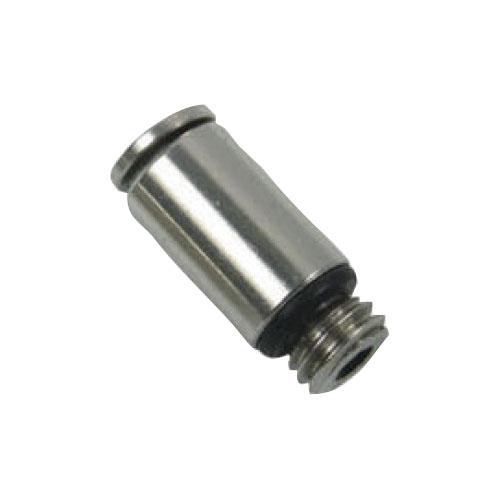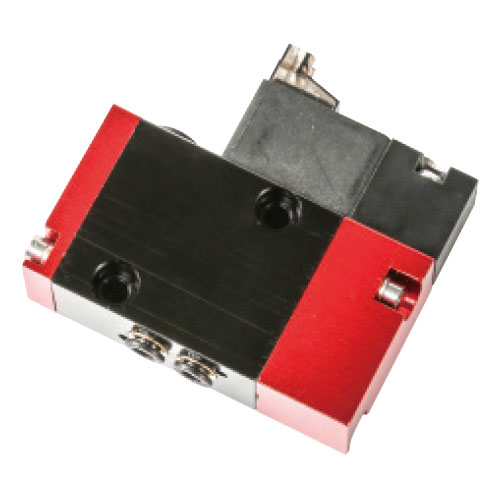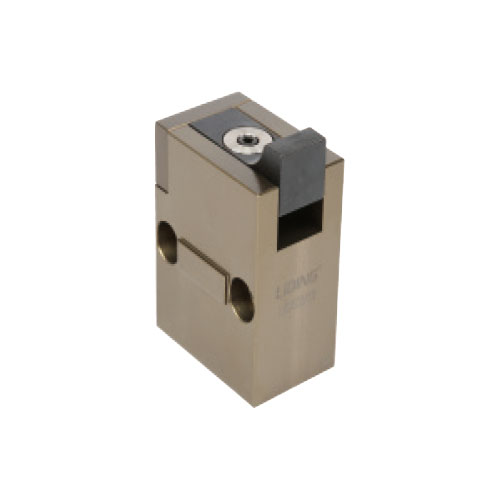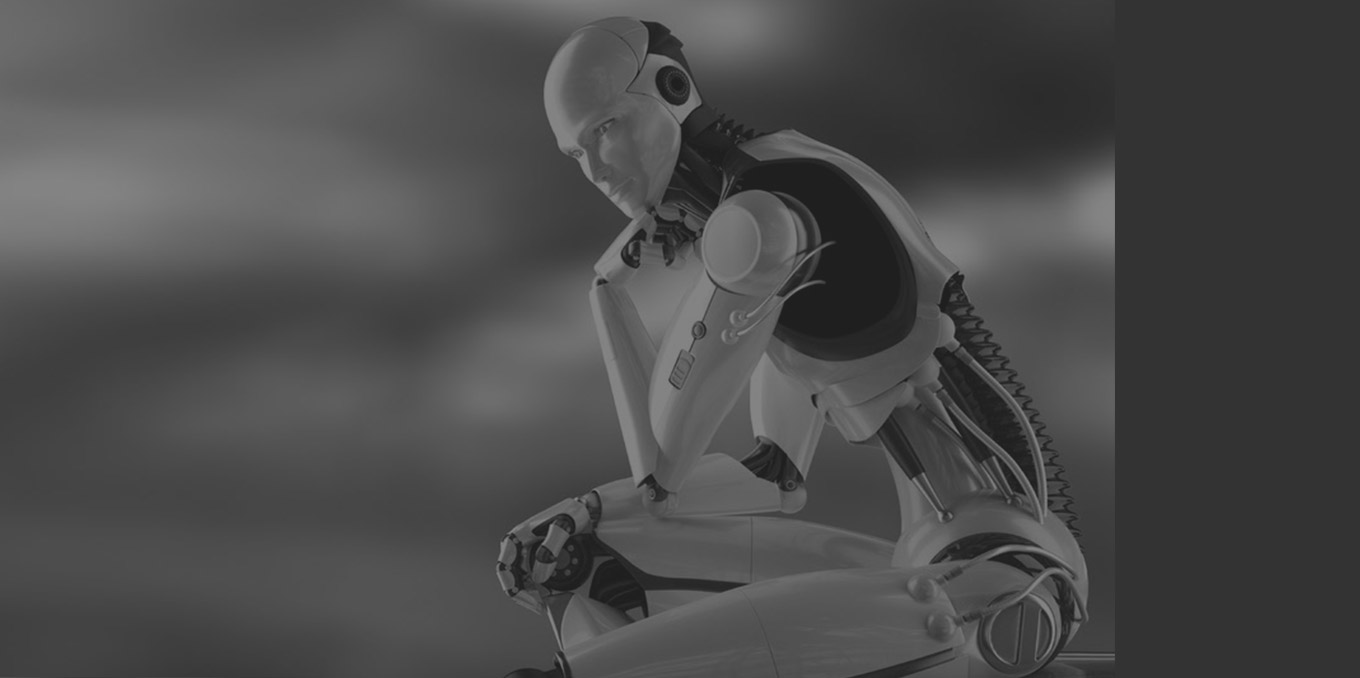What is a cylinder? What are the types of cylinders?
A cylindrical metal part that guides the piston to reci […]
A cylindrical metal part that guides the piston to reciprocate linearly in the cylinder. Air converts thermal energy into mechanical energy through expansion in the engine cylinder; gas is compressed by the piston in the compressor cylinder to increase the pressure. The casings of turbines, rotary piston engines, etc. are also commonly called "cylinders". Application areas of the cylinder: printing (tension control), semiconductor (spot welding machine, chip grinding), automation control, robots, etc.
basic concepts
The cavity in which the piston is placed on the cylinder of an internal combustion engine. It is the orbit of the piston movement, in which the gas burns and expands, through the cylinder wall, it can dissipate a part of the explosion waste heat transmitted by the gas, so that the engine maintains the normal operating temperature. Cylinder types are monolithic and single casting. Single casting type is divided into dry type and wet type. When the cylinder and the cylinder block are cast as a whole, it is called an integral cylinder; when the cylinder and the cylinder block are cast separately, the single-cast cylinder barrel is called the cylinder liner. The cylinder liner that directly contacts the cooling water is called a wet cylinder liner; the cylinder liner that does not directly contact the cooling water is called a dry cylinder liner. In order to maintain the tightness of the contact between the cylinder and the piston and reduce the friction loss of the piston moving in it, the inner wall of the cylinder should have a higher machining accuracy and precise shape and size.
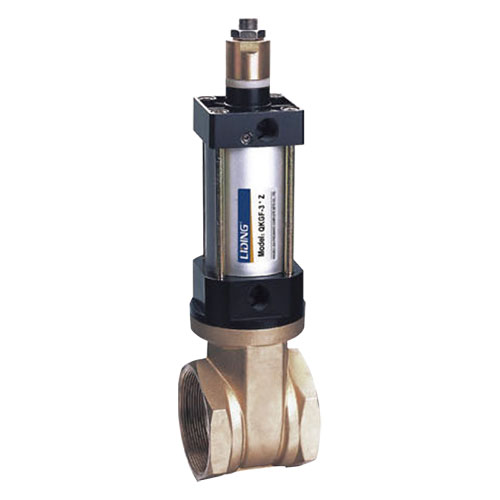
Pneumatic actuators that convert the pressure energy of compressed gas into mechanical energy in pneumatic transmission. The cylinder has two types: reciprocating linear motion and reciprocating swing. The cylinders that perform reciprocating linear motion can be divided into four types: single-acting cylinders, double-acting cylinders, diaphragm cylinders and impact cylinders.
①Single-acting cylinder: There is a piston rod at only one end. The air is supplied from the side of the piston to gather energy to generate air pressure. The air pressure pushes the piston to generate thrust and extend, and it returns by spring or its own weight.
②Double-acting cylinder: Air is supplied alternately from both sides of the piston to output force in one or two directions.
③Diaphragm cylinder: replace the piston with a diaphragm, output force in one direction only, and return with a spring. Its sealing performance is good, but the stroke is short.
④ Impact cylinder: This is a new type of component. It converts the pressure energy of the compressed gas into the kinetic energy of the piston's high-speed (10-20 m/s) movement to perform work.
⑤ Rodless cylinder: the general term for cylinders without a piston rod. There are two types of magnetic cylinders and cable cylinders.
The reciprocating cylinder is called a swing cylinder. The inner cavity is divided into two by vanes, and air is alternately supplied to the two cavities. The output shaft makes a swing motion, and the swing angle is less than 280°. In addition, there are rotary cylinders, gas-liquid damping cylinders and stepping cylinders.


